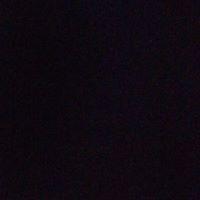Mega Powerful Nitrate and Phosphate Remover - DIY!
-
Topics
-
Latest Update
-
1
-
1
WTS
Red goino frag on 5x5cm frag plug - $50 Luminous green leather - $20 Crafted Monti - $40 each, both @ $70 Bi-colour prata - $180 Clam - $180 PT about 5 inches - $150 Gem Tang about 4.5 inches - $600 Take both PT and GT for $700 3 x 4.5 inches BT - $150 Pair flame angel - $300 Deltec 600ix skimmer (missing 2 stopper but doesn’t effect the performance) - $250 A7 II WiFi App Phone Control Full Spectrum 100W - $120 4 x mangrove on rock enough for 1.5ft tank - $100 Novative Marine NUVO Fusion Peninsula 14 with brand new filter sock - $150 Sent from my iPhone using Tapatalk -
3
WTS Equipments.
Guyu led sold. the rest still available. Sent from my CPH2499 using Tapatalk -
2
-
0
WTS corals
duncan $15 long tentacle toadstool $40 x 2 both on same rock gsp $30 adult palm size palythoa grandis $40 collection @ upper thomson Sent from my iPhone using Tapatalk
-








Recommended Posts
Join the conversation
You can post now and register later. If you have an account, sign in now to post with your account.